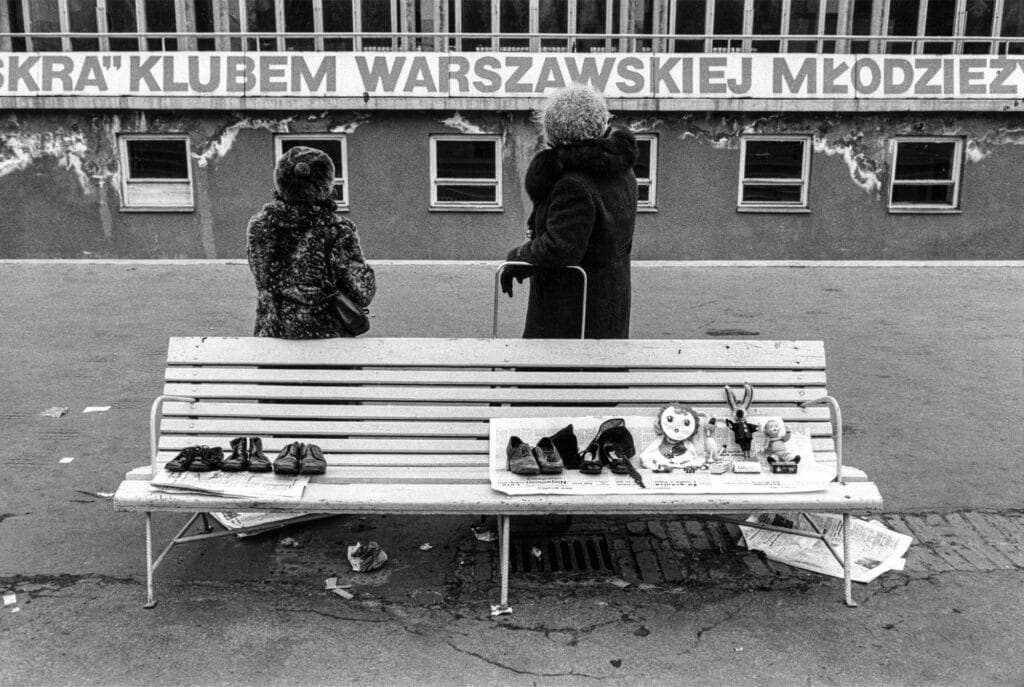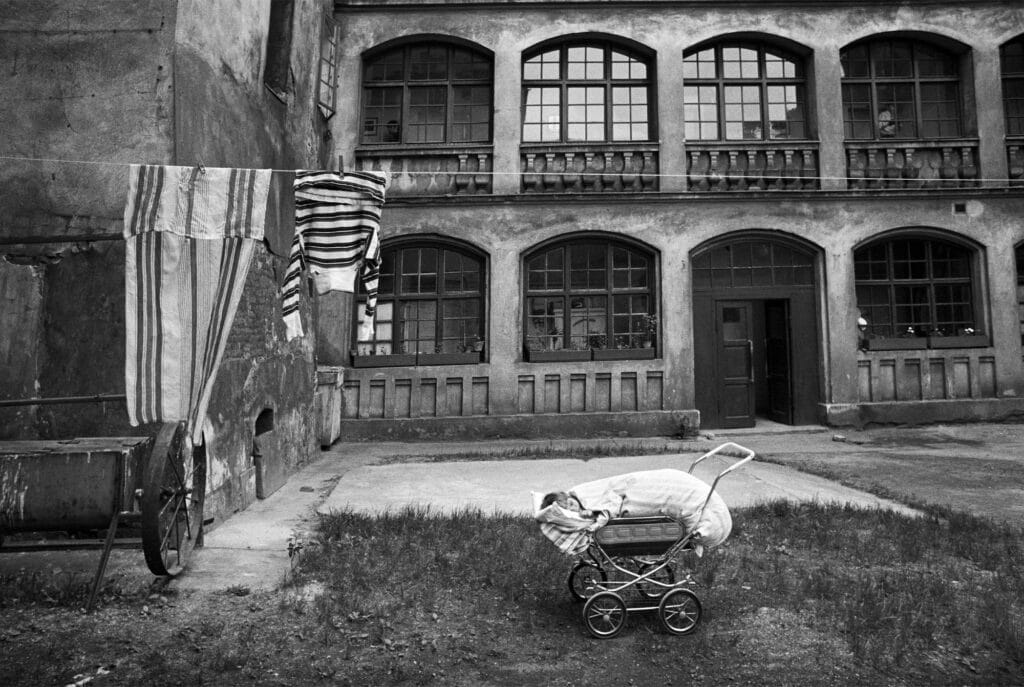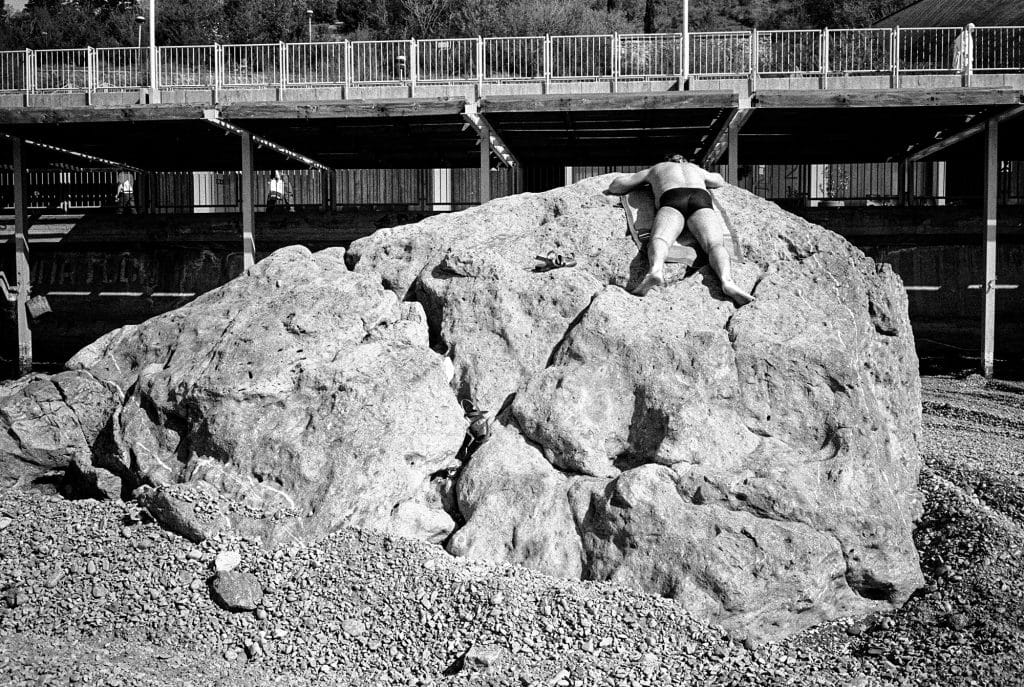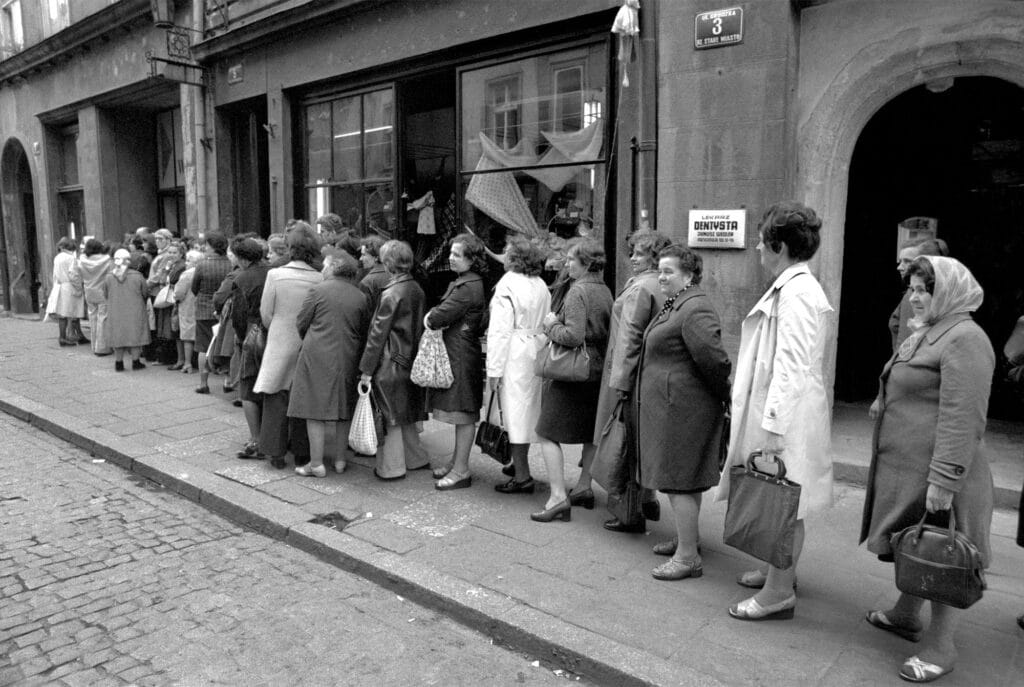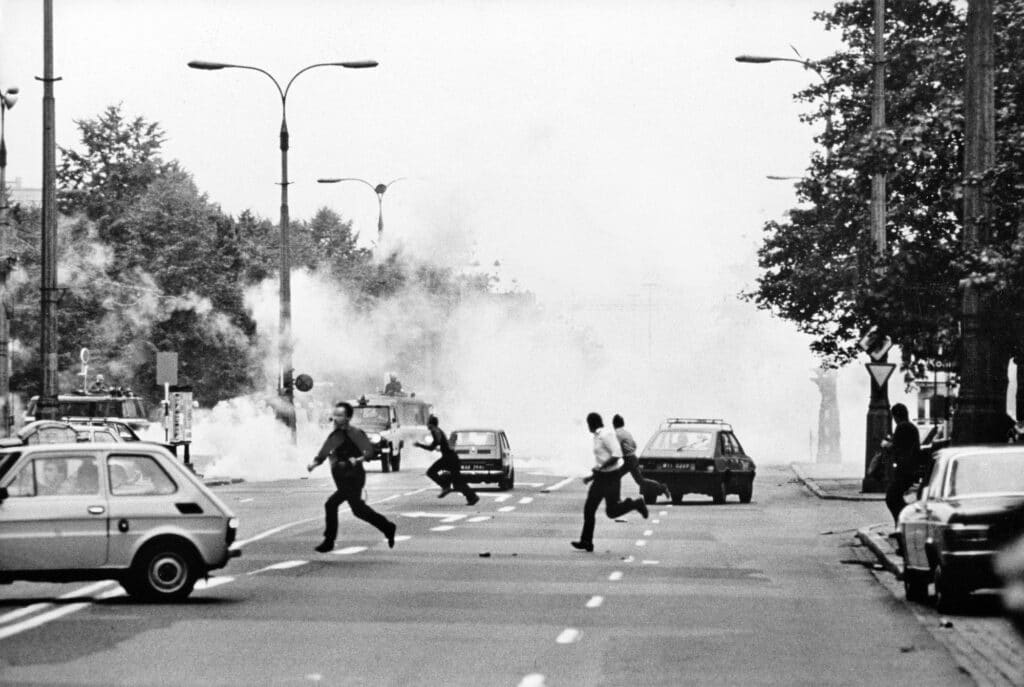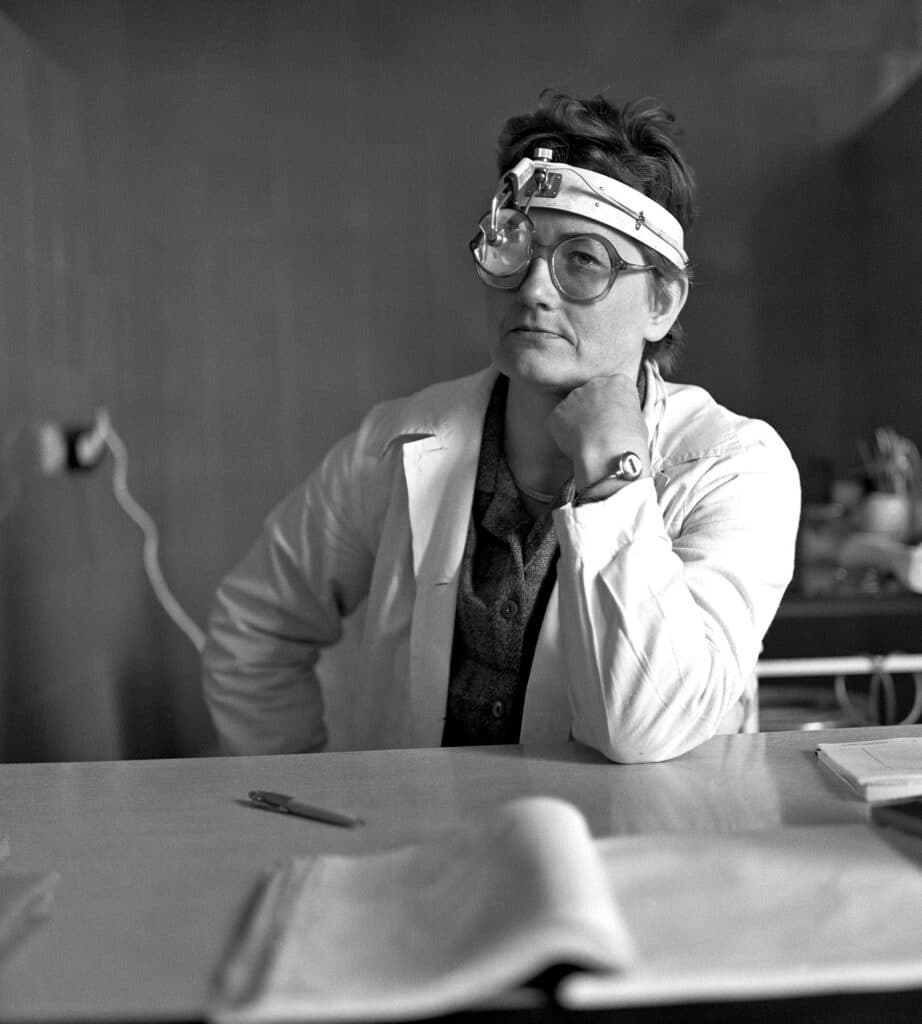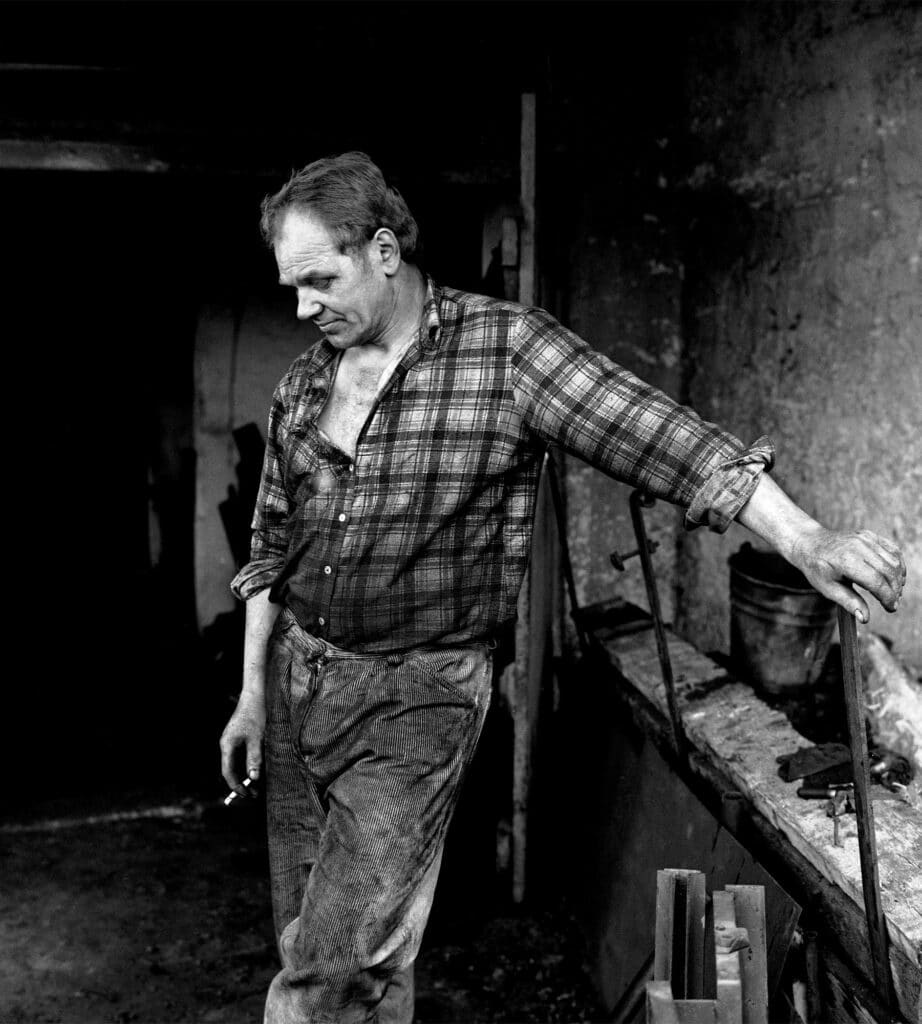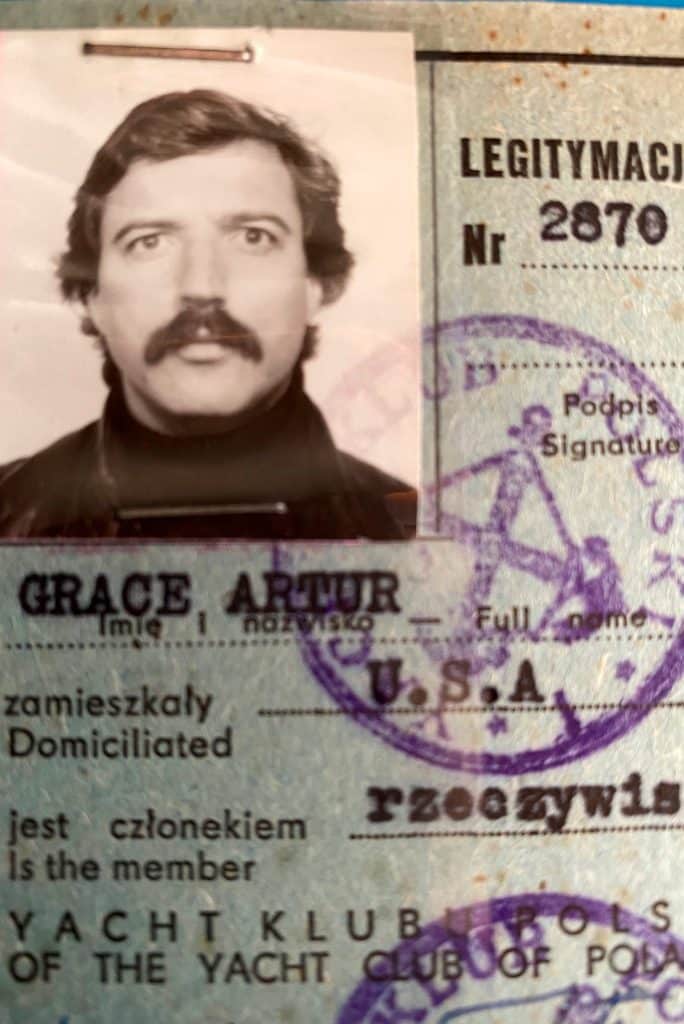
Autocracy is on the rise. An obvious statement maybe, but one rooted more and more firmly in the present albeit with a shaky-hand salute to the past. From Attila the Hun and Genghis Khan, through Napoleon, Stalin, and Hitler, and more recently, Hussein, Assad, and Orban, autocratic rule has caught fire and threatens the order of sovereign nations across the globe. Add to that a troubling set of indicators in the volatility presently in the US political system, and it’s clear that autocracy has never left.
Regardless of what shape it takes, the idea that unlimited power can be held by one individual forms the backbone of Arthur Grace’s newest book Communism(s) [Damiani 2022], a pared-down and emphatic volume that offers a gimlet eye on a large chunk of the world order a mere fifty years ago.
In the 1970s and 1980s, Grace was the perfect peripatetic photographer, and as he says in the introduction to his haunting new book, “Due to limited visa accreditations, very few Western photojournalists gained entry into these countries at any one time. As a result, most of my photographs were unique for the simple reason that I was the only photographer present.”
It can be debated whether Communism is purely autocratic, but at the time he began photographing behind the Iron Curtain, there were more than thirty-five countries around the world living under Communist rule. Indeed, these Communism(s) stretched to the four corners of the world and controlled the lives of several billion people before the downfall of the USSR in 1991.
Upon first viewing of the classic, black-and-white, observe-and-capture images in Grace’s book, one familiar element is the public displays of larger-than-life portraits dotting the bland concreteness of the cities Grace traveled through. Stern visages of elected officials and members of the various politburos who maintained the status quo of communism overlaid on society created a sense of menace, as if Big Brother was watching everyone’s every move.
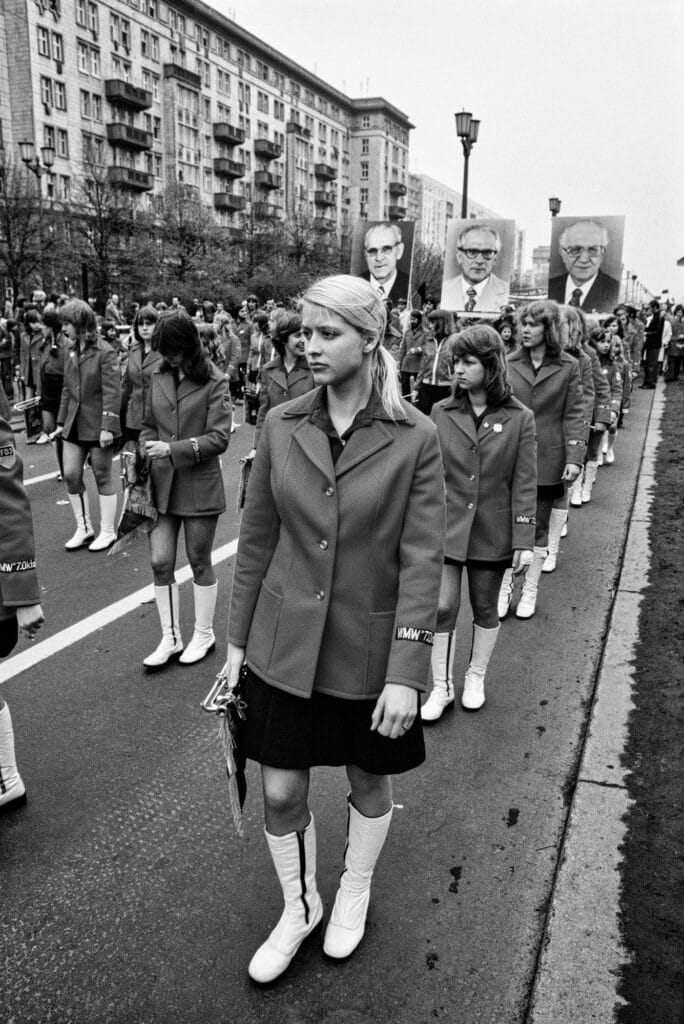
With this access he was given, the necessity for distraction, evasion and the nimbleness of a thinking journalist allowed for the surreptitious gathering of images from lives lived behind the heavy hand of the Iron Curtain. In the first photos that open the book, two that are especially striking are of several thousand men and women in somber attire seen joylessly celebrating the 1977 centenary of the ’independent’ state of Romania and applauding the presence of Nicolae Ceausescu, the leader of the Romanian Communist Party who was in power for twenty-four years.
It becomes clear — on repeated readings of the book — that the flow of images laid out by Grace and Clint Woodside, the designer, falls into three categories: military power interspersed with the inevitable sameness of life under the rubric of state control; the hardscrabble life of cultures that force people to stand in long lines while transitioning from land-based subsistence to a more contemporary society; and photos documenting the arrival of Poland’s Solidarity (the first independent labor union in a Soviet Bloc country) interlaced with images of young people reaching for a Western-inspired idea of freedom from oppression.
A sense of cohesion within these images serves as a strong way to survey the historical changes coursing through Eastern Europe at the time while still paying homage — in beautifully decisive moments — to centuries-old ways of life. The constructs of communism kept downward pressure on allowing technology to impact the growth and expansion seen elsewhere in the world. Communism(s) benefits through the simple fact that one artist’s choices allow us to apply an understanding of the larger culture most likely not evident in a similar book that might feature multiple photographers attempting to cover such a deeply important period of history.
Grace didn’t use a right-angle finder, or work with ultra-telephoto lenses, but rather ingrained himself within the situations he was given access to, and in the grand tradition of embedded journalism, often became a veritable fly-on-the-wall. For instance, two photos (pp.144-145) taken at a beauty contest lead into a double-spread photograph on the next pages of a mid-level bureaucrat speaking on the phone while sitting at a small desk and overseen by three large ‘pin-up’ style calendars.
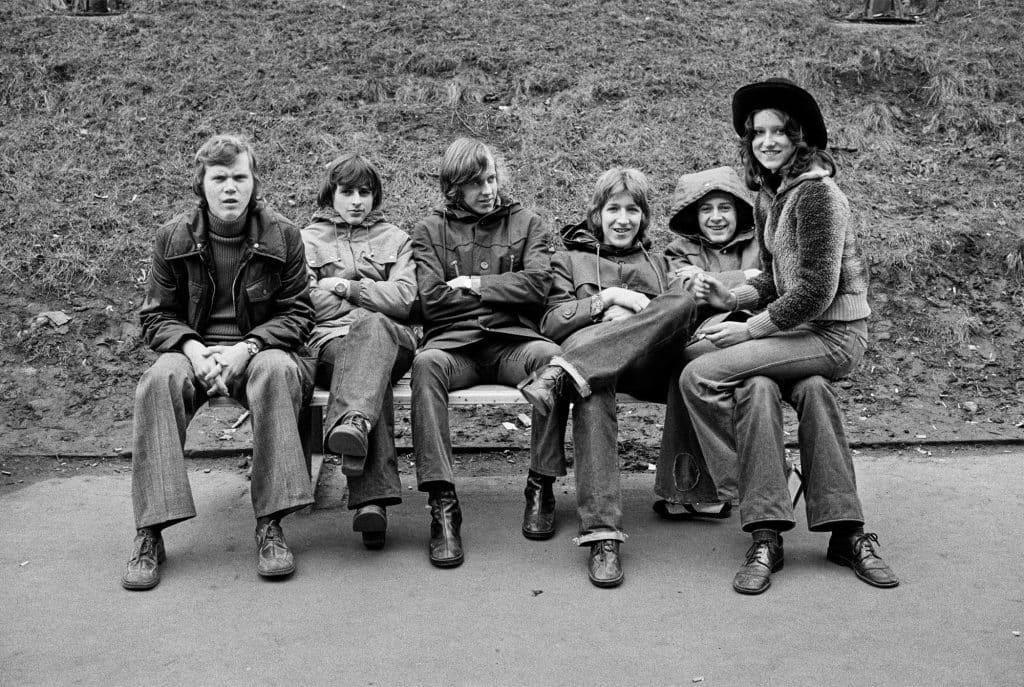
Similarly, four images of Lech Wałęsa (pp.104-105) capture the revolutionary creation of Solidarity and preserve riveting photographs of protestors confronting authorities while tear gas swirls around the streets. Photography this good shows the eye of a fearless soul dedicated to owning those moments with purpose and pride. Grace has the instincts of a seasoned journalist while maintaining the chops of an artist with a camera in his hands.
With equal parts stealth and the non-threatening nature of a compassionate soul, an appreciation of humanity, and a love of the tiny moments that tell much larger stories, the photographer has managed to warm up what by all accounts was a world of concrete and cold, a life under autocratic rule that nonetheless survived and thrived whilst turmoil and uncertainty stuck around.
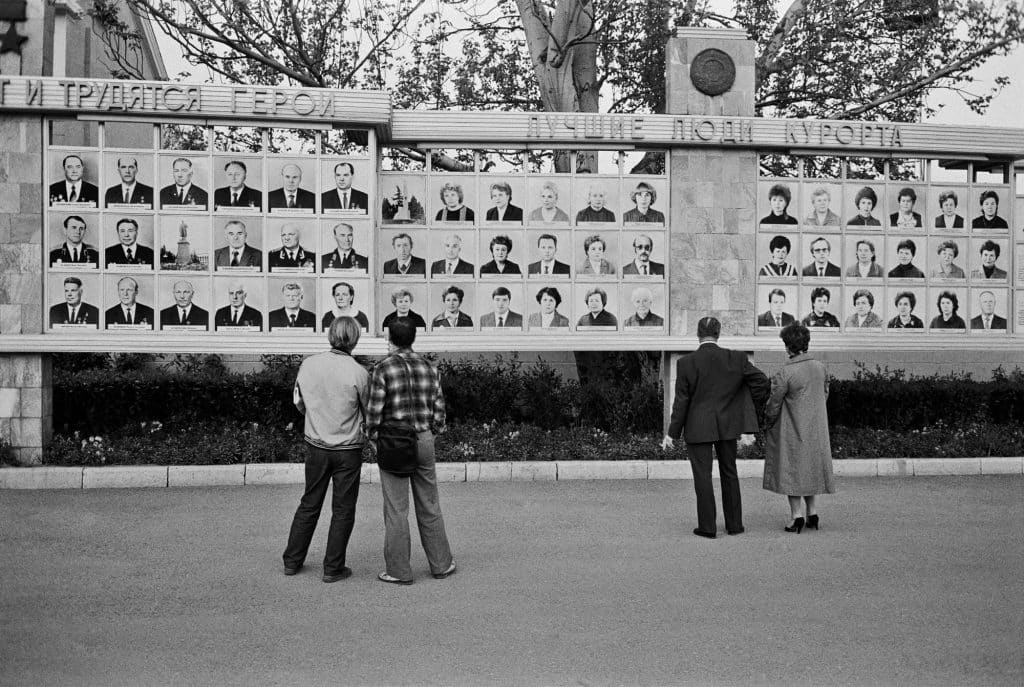
Through this Nikon lens on history, it is not difficult to flash-forward to the Russian invasion of Ukraine. The autocratic thumbprint of Putin smells eerily like a return to Iron Curtain mores where the good people of a free and democratic nation are being murdered and swept aside in the name of a form of ethnic cleansing.
Communism(s): A Cold War Album by Arthur Grace, Damiani editions, 192 pages, $59,77.
